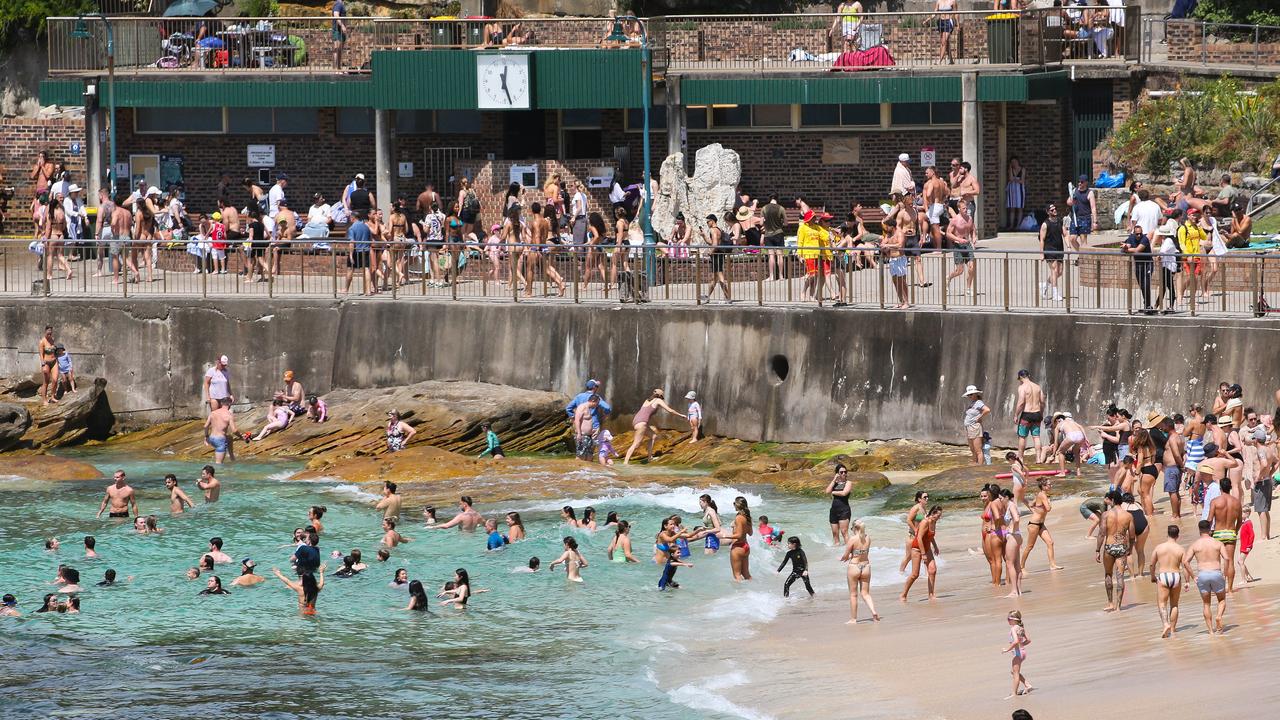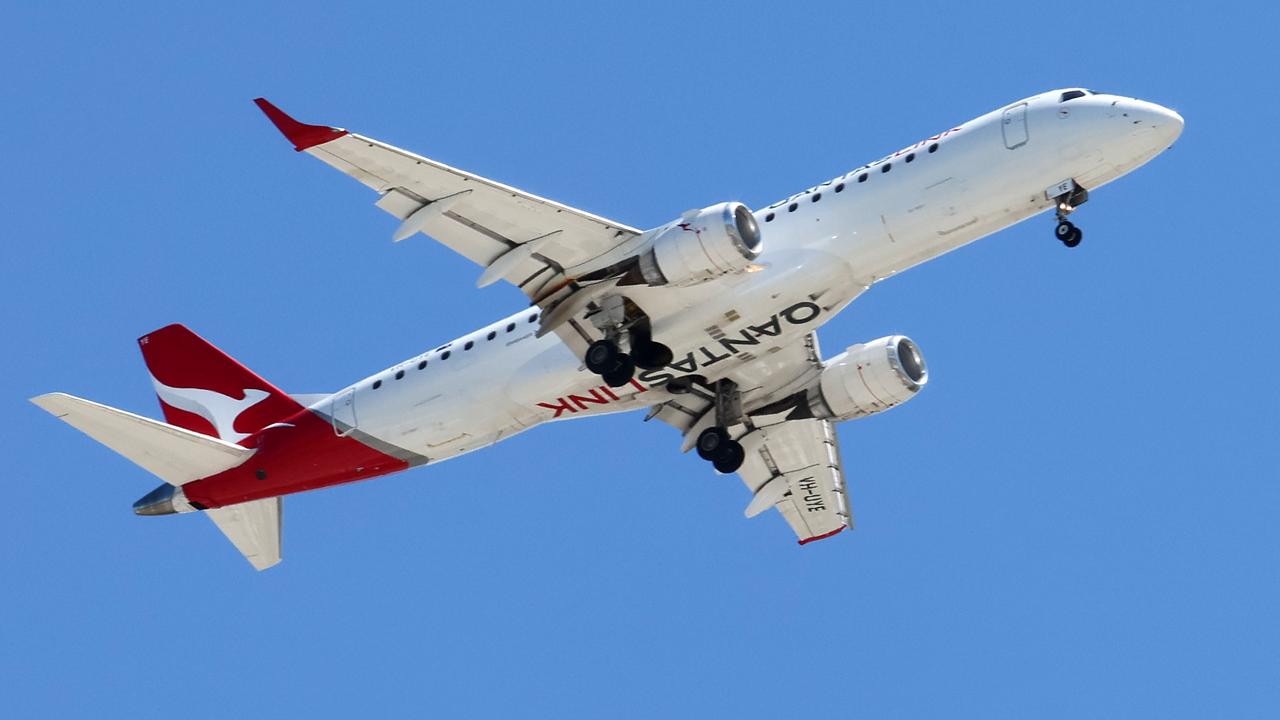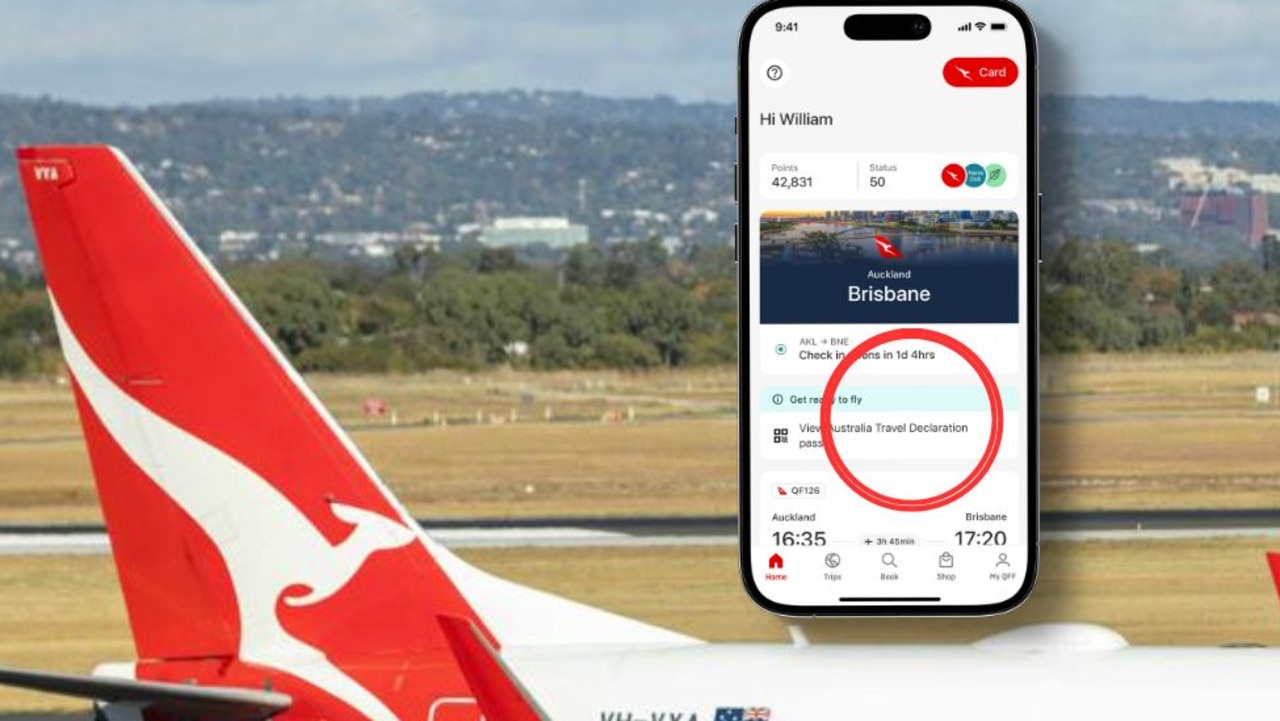Why liquids over 100ml need to be tossed for international flights
Most people know the rules around what you can and can’t take in your carry-on, but there’s one detail that is often forgotten when it comes to liquids.
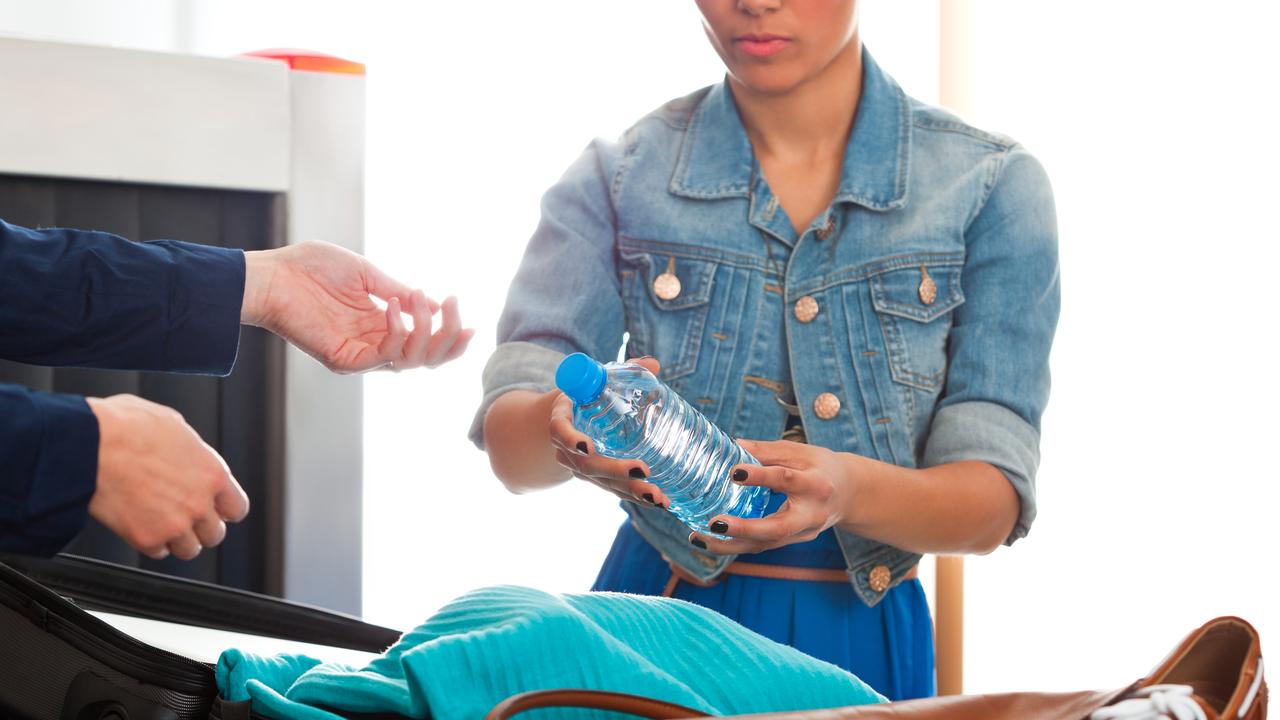
It’s one thing to pay for an overpriced bottle of water at an airport, but another thing to be told to throw it away at security.
So why do we have to do it?
It’s not just water – the same rules apply for any bottle or container that exceeds 100ml.
So, if you happen to spend a couple of hundred dollars on your favourite perfume and forget to pack it in your checked-in luggage, you’re likely to never see it again as it gets tossed at security.
Most of us know the rules surrounding liquids in our carry-on, but do you know the actual reason behind it?
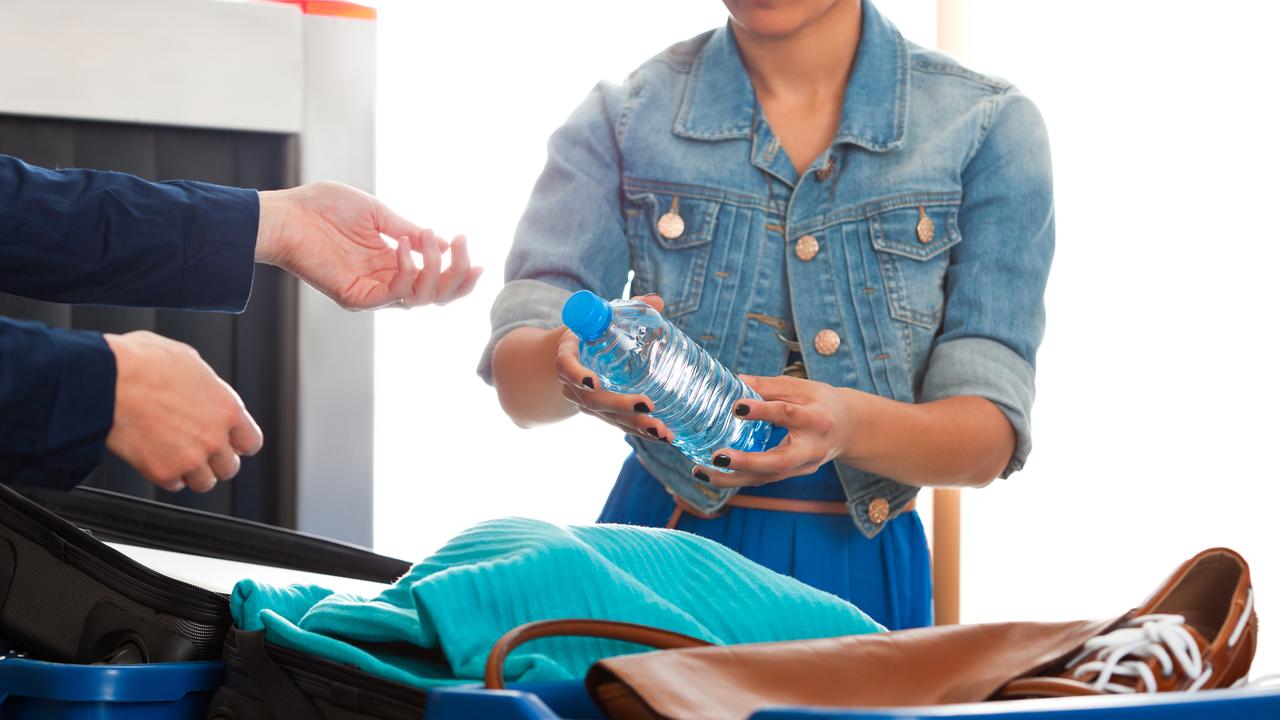
A Department of Home Affairs and Australian Border Force spokesperson told news.com.au restrictions on the volume of liquids, aerosols and gels were introduced in many countries around the world, including Australia, following the disruption of a terrorist plot in the UK back in 2006.
The 2006 transatlantic aircraft plot targeted aviation using liquid explosives.
“[And as such] screening measures restrictions on what can be carried on board an aircraft have been enforced to ensure the safety and security of travellers,” the spokesperson said.
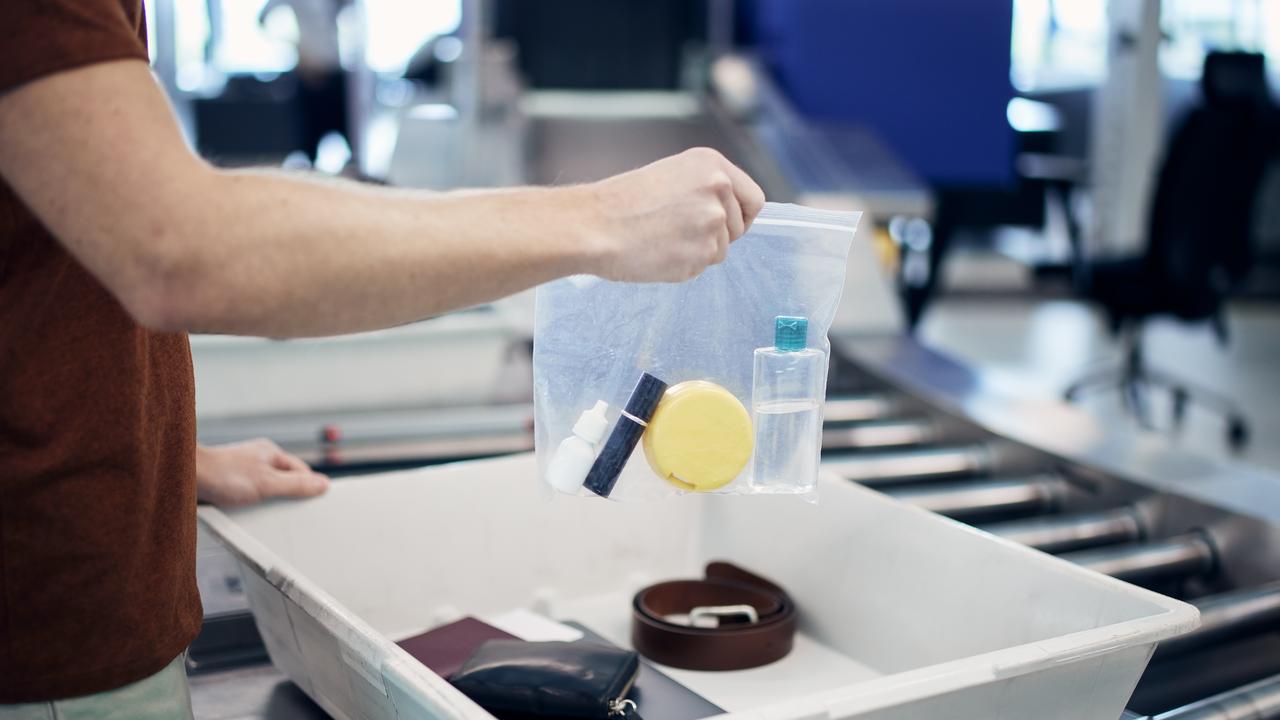
For international departures, containers larger than 100ml or 100g which contain liquids, aerosols or gels are not allowed through the security screening point.
“This includes water bottles,” the departmental spokesperson said.
Something that may come as a surprise is even if you have a 100ml or more bottle that’s
only partially filled, whether they are opened or unopened, it still has to be thrown out.
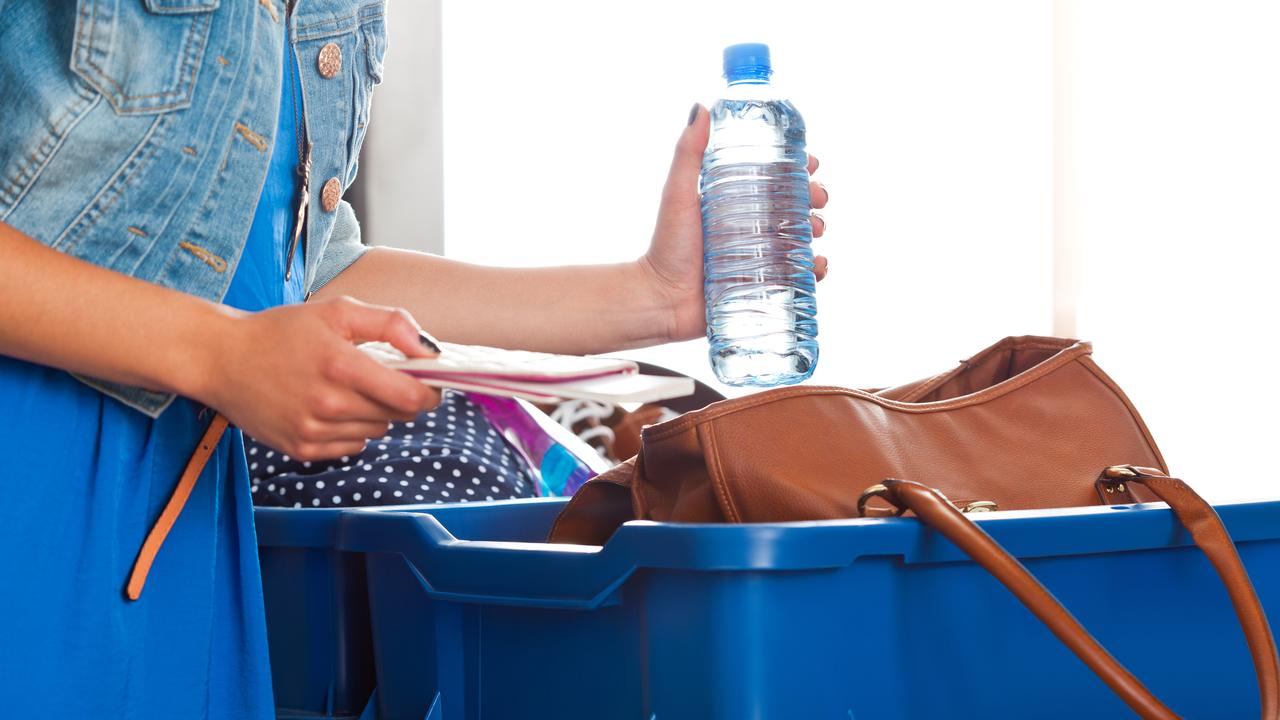
In those cases, your best bet is to buy a bottle of water after the security checkpoint.
However, news.com.au understands that passengers who have baby products, prescription and non-prescription medicines (including special dietary products), during a flight are exempt from the rules.
For medicines and medical items, passengers just need to present their items along with proof (such as a doctor’s letter) at the screening point.
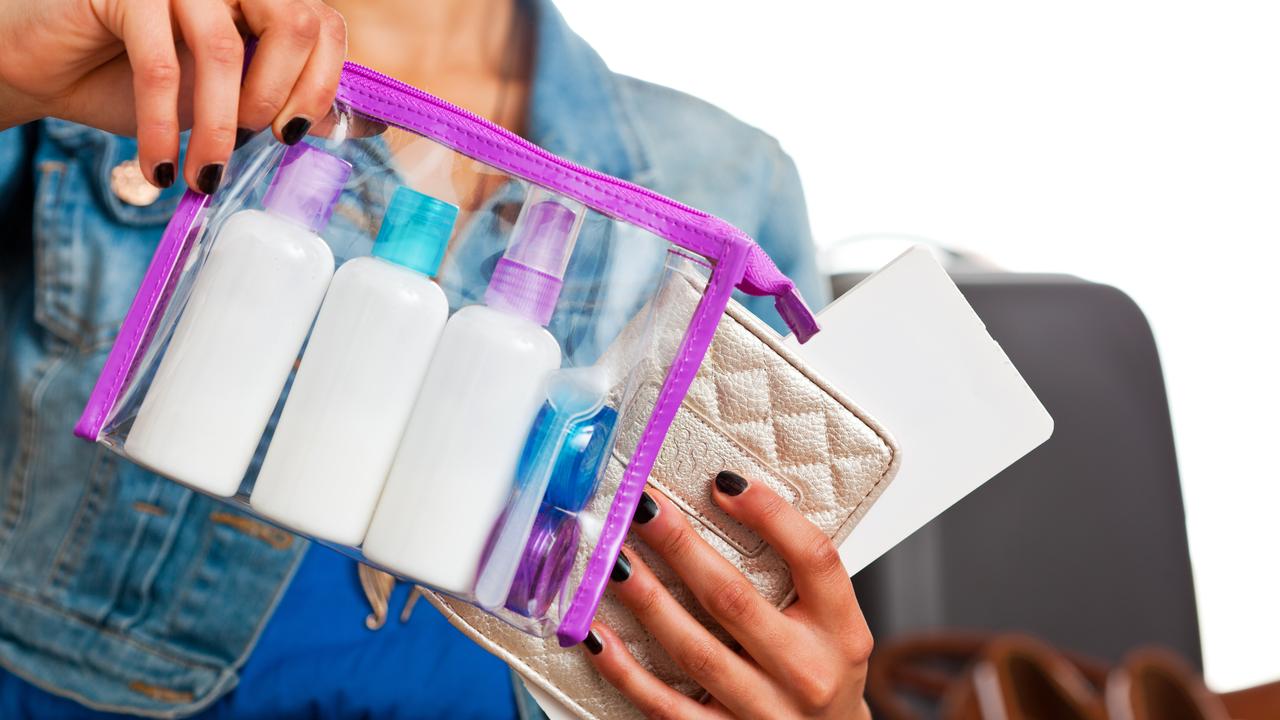
But here’s where some Aussies get confused, because the same rules don’t actually apply when catching a domestic flight within Australia.
“Domestic flights within Australia are not subject to the same level of restrictions,” the spokesperson said.
But domestic travellers who depart from an international terminal are subject to the international restrictions.
“The Government monitors the security environment to ensure Australia’s security settings remain fit for purpose, and will adjust those settings from time to time to reflect changes in the security environment.”




